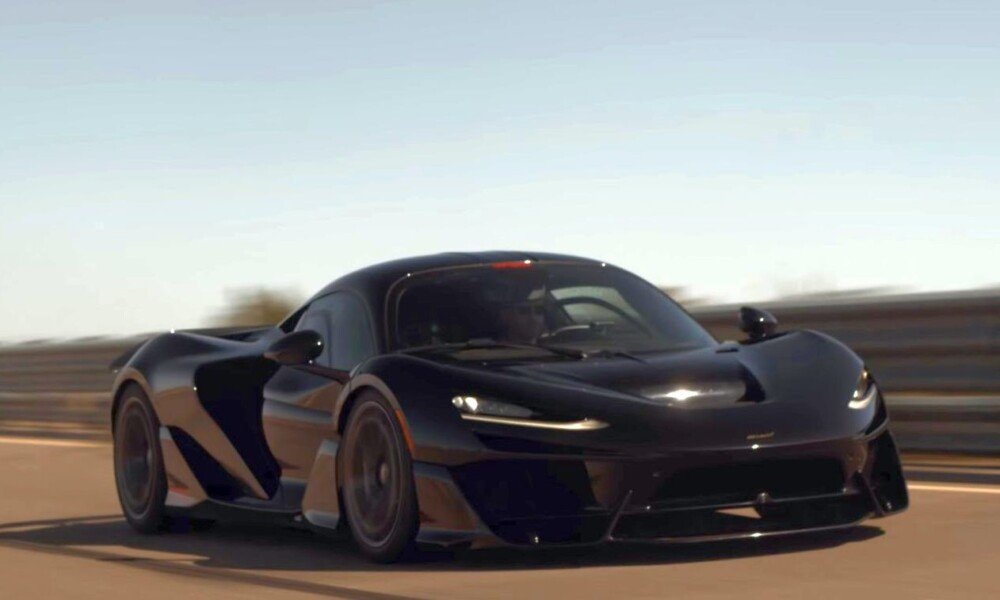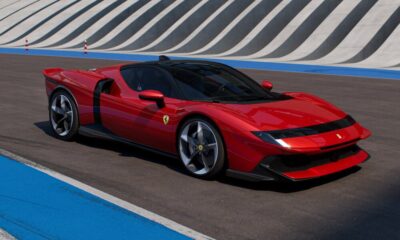Cars
McLaren W1 Conquers 3,000 Miles of Desert Testing in Arizona

McLaren W1 Hot Weather and Cold Weather Testing
The McLaren W1 recently underwent rigorous hot weather testing in Arizona, where a team of engineers pushed the hypercar to its limits in temperatures exceeding 104°F (40°C). Over 3100 miles (5000+ km) were covered during this intense testing phase.
McLaren’s primary focus during these tests was to validate critical systems such as cooling, engine load management, and cabin climate control. These tests are crucial in the development process of the W1 before it can be delivered to customers.
Before the hot weather testing, the W1 also underwent cold-weather testing in the Arctic Circle in Sweden. This phase allowed engineers to optimize the hypercar’s chassis and systems, stress-testing components like the engine, gearbox, battery, and electric motor in sub-zero conditions.
The McLaren W1 is equipped with a cutting-edge 4.0-liter V8 hybrid powertrain that delivers an impressive 1258 hp and 988 lb-ft of torque, with a redline set at 9200 rpm. This powertrain, paired with an 8-speed automatic transmission, makes the W1 McLaren’s most powerful and highest-revving road car to date. With a weight of only 1399 kg, the W1 boasts a remarkable power-to-weight ratio of 911 PS per tonne, allowing it to accelerate from 0 to 124 mph in just 5.8 seconds.
-

 Facebook5 days ago
Facebook5 days agoWarning: Facebook Creators Face Monetization Loss for Stealing and Reposting Videos
-

 Facebook5 days ago
Facebook5 days agoFacebook Compliance: ICE-tracking Page Removed After US Government Intervention
-

 Facebook6 days ago
Facebook6 days agoInstaDub: Meta’s AI Translation Tool for Instagram Videos
-

 Facebook6 days ago
Facebook6 days agoBreaking Updates: Meta Connect 2025 Unveils Latest Developments
-

 Video Games7 days ago
Video Games7 days agoTekken 8: Rise of the Shadows
-

 Video Games6 days ago
Video Games6 days agoGoku Takes on the Dragon Ball FighterZ Arena
-

 Amazon7 days ago
Amazon7 days agoNeil Young Takes a Stand: Pulling Music from Amazon in Protest of Jeff Bezos’ Support for Trump
-

 Cars5 days ago
Cars5 days agoRevving into the Future: Ferrari’s Plan to Unleash 20 New Models, Including Electric Vehicles, by 2030



















